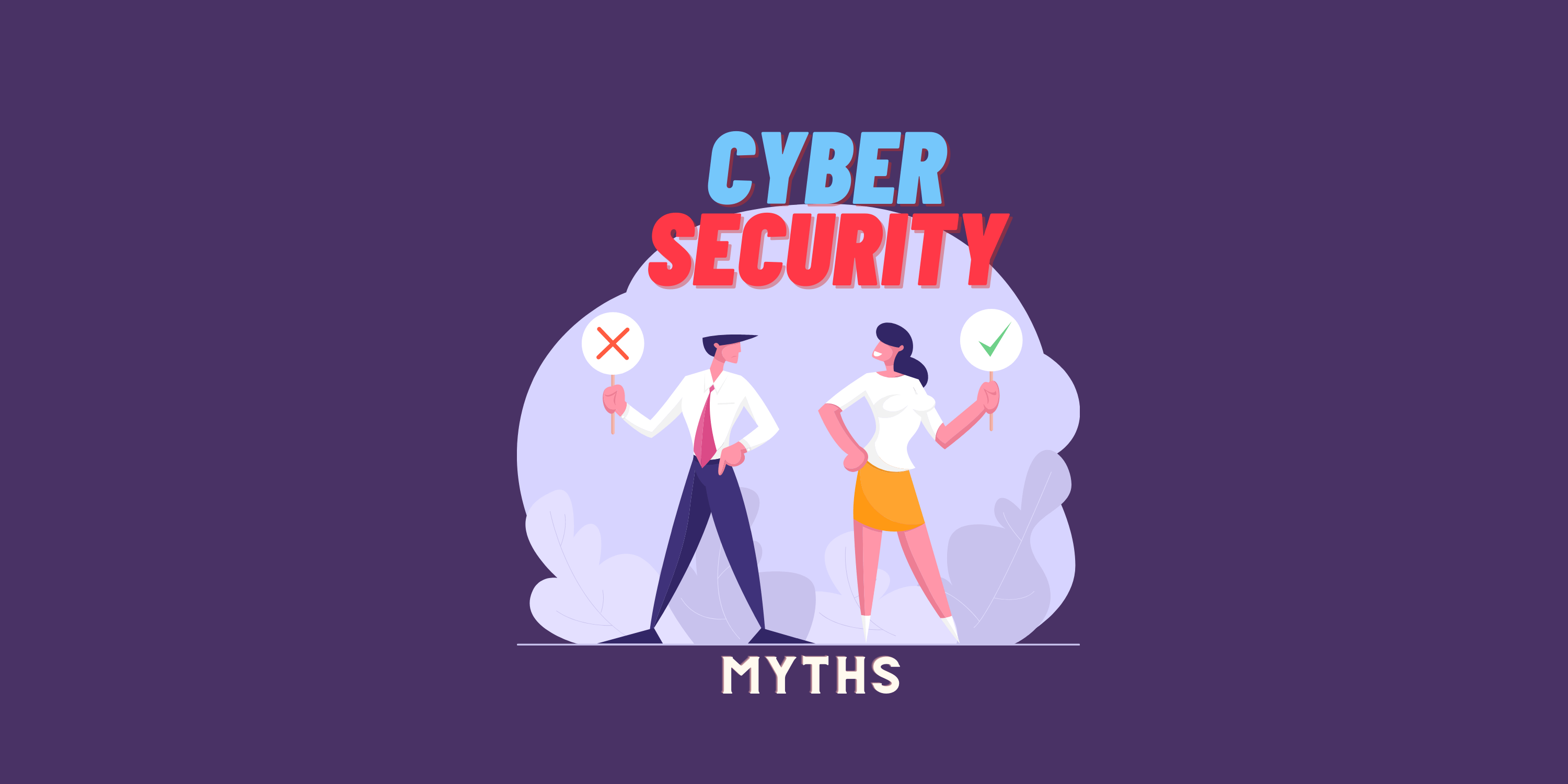We, as humans, embraced technology as the next step in evolution. We have digital social lives, digital currencies, and digital assets. But one thing remains a mystery. People somehow still don’t take cybersecurity seriously enough.
Common Cybersecurity Myths
We are probably guilty of falling for a common cybersecurity misconception. Let’s dismantle the most common cybersecurity myths once and for all.
1. I’m too Very small to be a target
People often think that hackers go for big players only. No matter how relieving that sounds, it can’t be further from the truth. Almost half of all cyberattacks happen to small businesses, which includes anything from personal brands to small dev teams and eCommerce websites.
The thing is, most hackers cast a wide net when it comes to finding their target. So thinking, “I’m too small to be targeted,” will get you in trouble. Set up a default cybersecurity protocol, no matter what you do online.
2. Passwords cannot be hacked nowadays
From reusing old ones to creating a “master password” for every account, passwords are another area that people simply don’t pay enough attention to. This means that with the help of some social engineering, even an average hacker can snatch your credentials.
There are a few things to keep in mind when handling passwords, both new and old ones:
- Update passwords regularly (about every six months)
- Never reuse old passwords
- Use complex strings of special characters, numbers, and letters
- Never give out your credentials, no matter who asks for them
Hackers have multiple ways to tackle your credentials, so it’s best to keep them at bay with solid passwords. But the more solid a password, the more difficult it can be to remember. To solve this problem, you can keep your passwords in one place with a password manager.
3. Anti-malware is all you need
Installing an anti-malware app is not exactly what we would call a cybersecurity protocol. It’s a good start, but it doesn’t even count as the minimum in protecting you from online dangers.
Nowadays, the best course of action would be to combine multiple security tools. For example, WindowsDefender does wonders when detecting malware-infected files and network-based attacks. But if you combine it with a VPN and a security tool that does thorough deep scans, you will be safe from cyber threats.
4. I’ve never been hacked, so that means I’m safe
Survivorship bias plays a key role in peoples’ indifference toward cybersecurity. Thinking that you will never get hacked just because you never were is dangerous. We have already established that hackers and scammers cast wide nets. So, by assuming you’re safe from hackers, you only increase the chances of a cyber attack.
There’s no exact recipe on how to stay protected 100%. You must at least be informed of what’s happening in your digital circles and protect yourself accordingly. Just please don’t surrender yourself to luck. Fortune does not favor the brave in the world of cybersecurity.
Stay on top of your cybersecurity Game
As we slowly pivot to everything digital, cybersecurity will have to become a common concern of every one of us. Just as we protect ourselves physically, we’ll all have to learn how to protect our digital assets.
The statistics don’t lie; judging by the cybersecurity myths that still survive today, we’ll need another moment or two to adapt. But you can start taking your online privacy and security into your own hands right now. Good luck!
